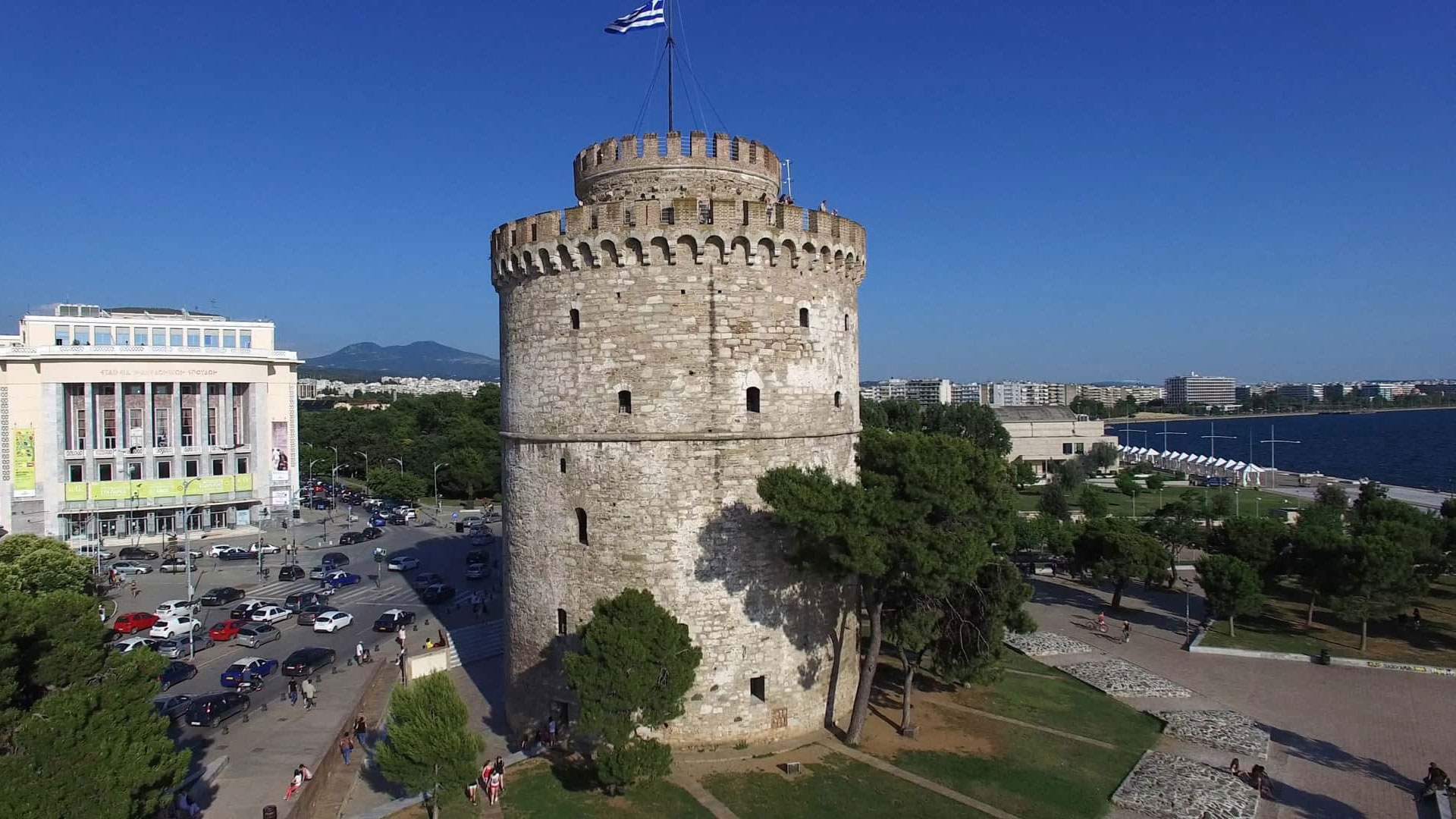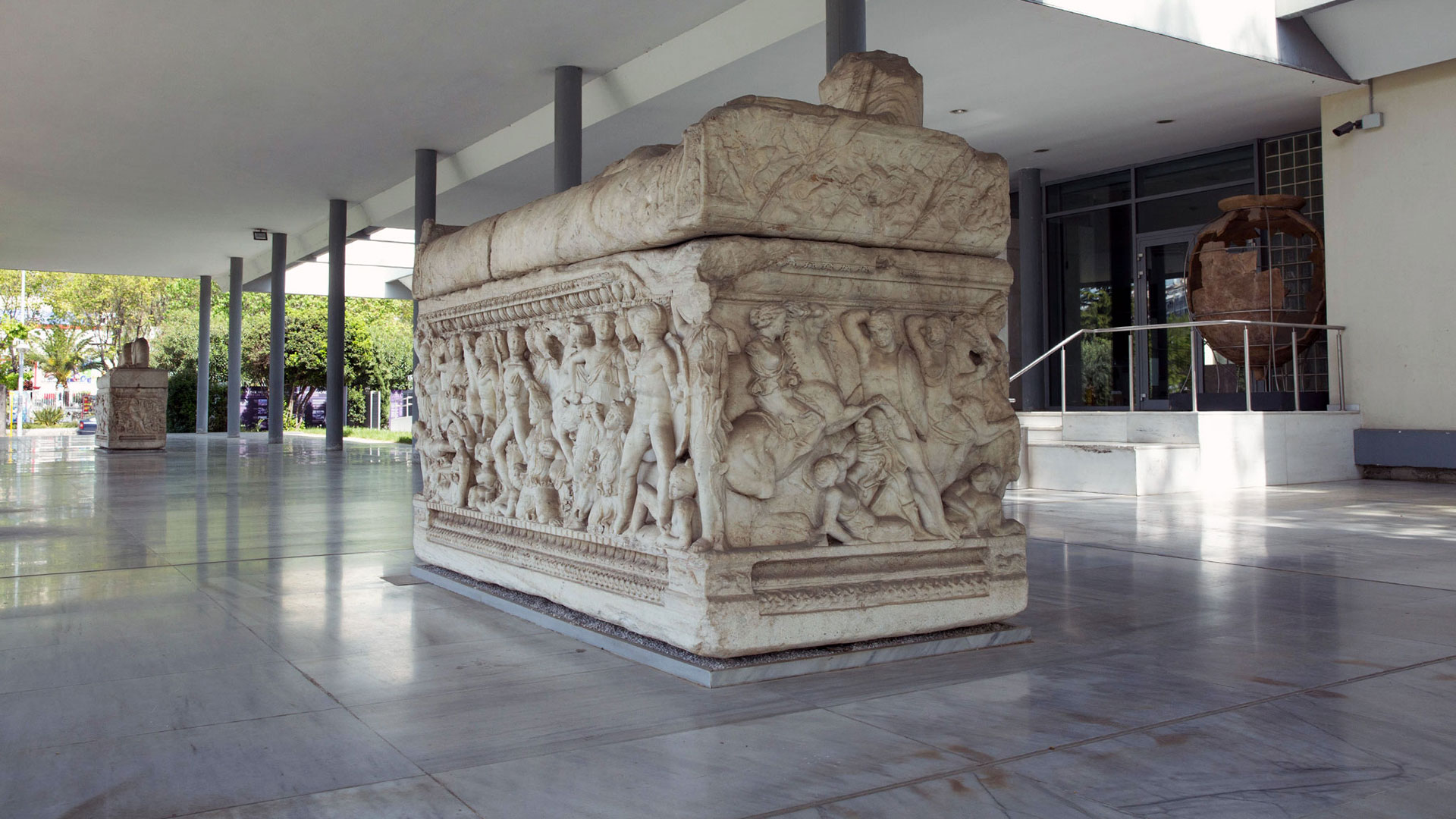The White Tower dominates the Old Beach of Thessaloniki, by the sea. It is part of the old Ottoman fortification of the city and has been its emblem for centuries. Inside the White Tower there is an exhibition space. The view from the top floor of the building is magnificent.
The name of the area comes from the existence in the past of many wholesale stores in the area that traded olive oil. Ladadika is also the old Jewish quarter of Thessaloniki. Take a taste of the Thessaloniki of the past by taking a walk in the cobbled streets and experience the Greek entertainment, as Ladadika is famous for the diversity of their nightlife.
The church of Agios Dimitrios was originally built in 313 AD. It is dedicated to the patron saint of the city and his place is his place of martyrdom. In the western aisle, in a silver reliquary are the relics of Agios Dimitrios. Excavations brought to light a vial with the blood of the Saint.
The Rotunda was founded in 304 AD by Emperor Galerius. It is one of the most important Roman monuments of Thessaloniki and is recognized as a World Heritage Site by Unesco. The architecture and appearance of the Rotunda is similar to that of the Pantheon in Rome.
Archaeological Museum of Thessaloniki is one of the largest and richest museums in the country and hosts permanent and periodic exhibitions. Get to know the unique famous Greek culture up close and admire exhibits such as the treasure of Arabissos, the treasure of Petralona, the Andrian of Octavian Augustus, the marble funerary beds of the Macedonian tomb of Potidaea and many more.
The Museum of Byzantine Culture of Thessaloniki travels the visitor to the Byzantine era through its 11 permanent exhibitions. Admire up close unique collections of finds from wooden icons, crafts, seals, sculptures, fabrics, manuscripts, coins, mosaics and much more.
In the heart of Thessaloniki is the most famous square, Aristotelous Square. It was designed by the architect Ernest Emprar in 1917, after the big fire that burned the center of Thessaloniki. Crossing the city center vertically in the direction of Nikis Avenue and the sea, you have the opportunity to admire the imposing semicircular buildings that surround it and have Venetian, Byzantine and Arabic elements. Various artistic events take place in Aristotelous Square, while you have many options for food, coffee or drink. Sit in a cafe-refreshment or take something in hand and head to the benches in the square.
Ano Poli is the most picturesque area of Thessaloniki. Walking in its picturesque alleys you will feel that you are far from the city and that you have been transported to another era. Admire the ottoman walls that surround it, the oldest churches of the city, the Triangle Tower and see the view of Thessaloniki from above that will enchant you. The only thing for sure is that you would like more time to discover it.
The Ataturk Museum in Thessaloniki is housed in the house where Mustafa Kemal, also known as Ataturk, meaning "father of the Turks", is believed to have been born. Most of its furniture is authentic, but it also houses furniture from the Kemal Mausoleum and the Topkapi in Istanbul. The Museum consists of two floors. On the first floor is the living room and the room of Kemal's mother, the living room and the kitchen. On the second floor is the room where Kemal was born in 1881 and an exhibition of his personal belongings and documents.










